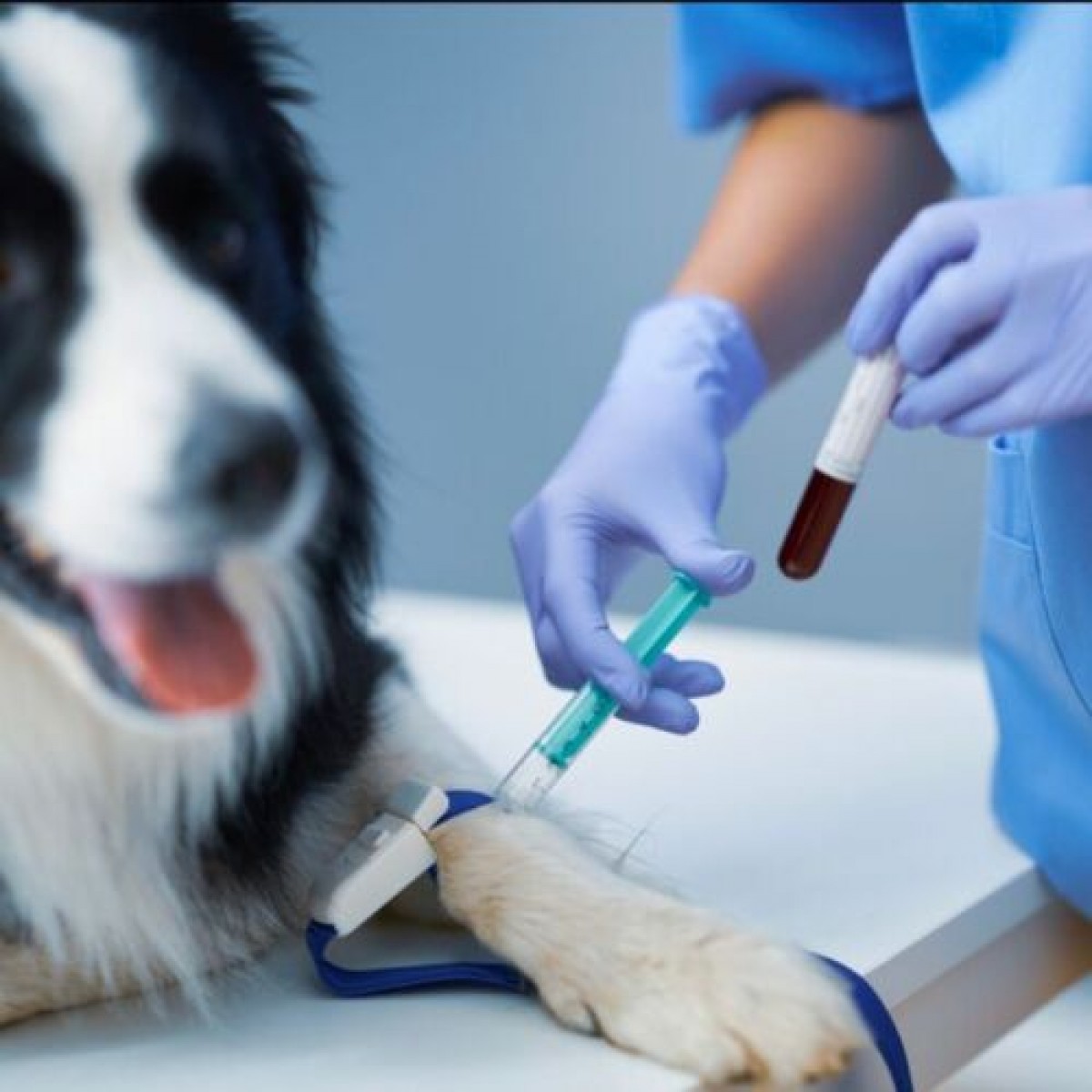A review of the causes, prevention, and welfare of nonambulatory cattle
Amajor animal welfare issue facing the livestock industry is the care, handling, and transport of nonambulatory cattle. Consumers, researchers, practitioners, and animal protection organizations have questioned the quality of care provided to and management of nonambulatory cattle and raised questions about possible food safety concerns. Veterinarians and producers continue to be challenged with providing quality care for nonambulatory cattle. In addition, veterinarians are recognized as a credible source of information for consumers, regulators, and policy makers. Thus, it would be beneficial to provide peer-reviewed information to practitioners and others who must make clinical and policy decisions.
Several sourcesa-f were searched by use of various key words to identify relevant peer-reviewed citations for the information reported here. In addition, governmental and lay reports were reviewed to ascertain policies, regulations, and historical data concerning non-ambulatory cattle. Existing peer-reviewed information was considered adequate by the authors for the development of recommended on-farm management practices that could result in a decrease in the incidence of, an improvement in the prognosis for, and a benefit to the well-being of nonambulatory cattle.
Definition of Nonambulatory or Downer Cows
Wide variation exists in the case definition and related terms applied to nonambulatory cattle. The colloquial term downer has been used since the 1950s to describe cattle that are too injured, weak, or sick to stand and walk.1 The term creeper has been used to describe cattle that are unable to use their hind limbs but that could propel themselves short distances with their forelimbs.2 More recently, the term downer has commonly denoted cattle that are unable to stand after 24 hours of recumbency but that can maintain sternal recumbency.3 Such cattle are sometimes referred to as alert downers to differentiate them from lethargic or moribund recumbent cattle that are unable to stand. The inclusion criteria used to define cattle as nonambulatory are critically important when making comparisons among scientific studies, particularly when examining incidence rates and prognosis.
Authors: Carolyn L. Stull, Michael A. Payne, Steven L. Berry, James P. Reynolds
Source: https://avmajournals.avma.org/














List
Add
Please enter a comment